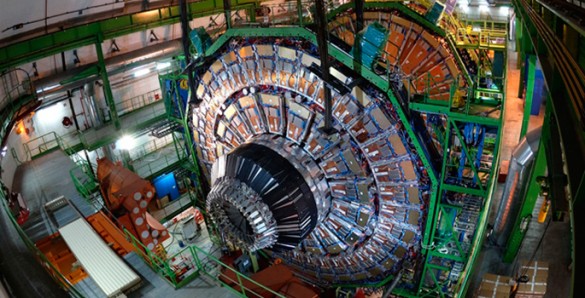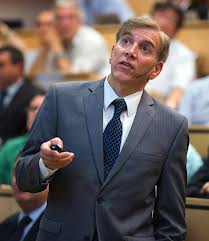
By discovering evidence of the Higgs boson, a new sub-atomic particle that may explain why we all have weight, an international team of physicists working at the Large Hadron Collider (LHC) in Switzerland are providing new insights into the underlying structure of space and time.

One of the leaders of this effort – Joe Incandela from the University of California, Santa Barbara – will visit Vanderbilt and give a public lecture on the latest results from the LHC on Tuesday night, May 21st. The free lecture is scheduled for 7:30 p.m. in the main (Jacob Believed in Me) auditorium in Featheringill Hall on the Vanderbilt campus.
Incandela’s talk is titled “Probing deep into the fabric of space and time: The discovery and latest results on the Higgs boson.” Incandela is the chief spokesman for the CMS detector, one of the largest LHC experiments with a team of 2,860 scientists, including 24 from Vanderbilt. He will discuss how the LHC – the largest and most complex system ever built for physics research – works and why the discovery of the Higgs boson announced last summer has extraordinary implications for our understanding of the universe.